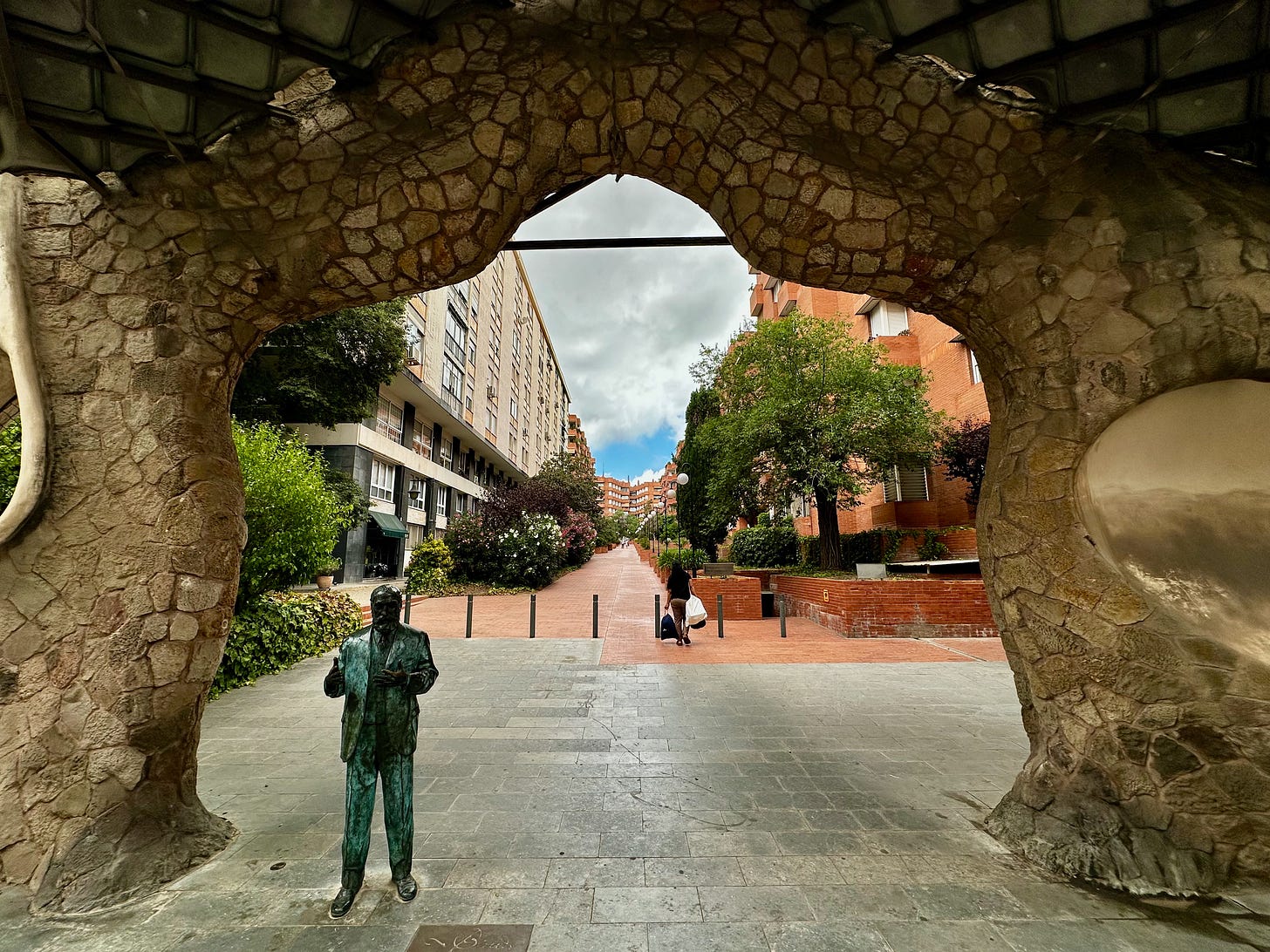A Quiet Gaudí Encounter: At the Gates of Finca Miralles
A Hidden Gaudí Gem in Barcelona: Discovering the Forgotten Beauty of Portal Miralles in Sarrià
Tucked away on Passeig Manuel Girona, far from the congested pilgrimages to Sagrada Família or the selfie traps of Park Güell, I found myself standing alone before a strange, undulating wall. I’d come to see Portal Miralles—a small, often overlooked architectural fragment by Antoni Gaudí—and yet what I discovered was a portal not only to …




